In Issue #113 of Singletrack Magazine, we reviewed three modern geometry 29ers to see just how far the big wheels have come.
Of our three 29ers on test, the Orange Stage 5 is the youngest and shiniest of the lot. Released to the public in early 2017, the Stage 5 slots into the Orange 29er line-up between the short-travel Stage 4 (110/120mm travel), and the Stage 6 enduro race bike (150/160mm travel).
With 135mm of rear travel and a 140mm travel fork, the Stage 5 is billed by Orange as a capable technical trail muncher for all-round riding.
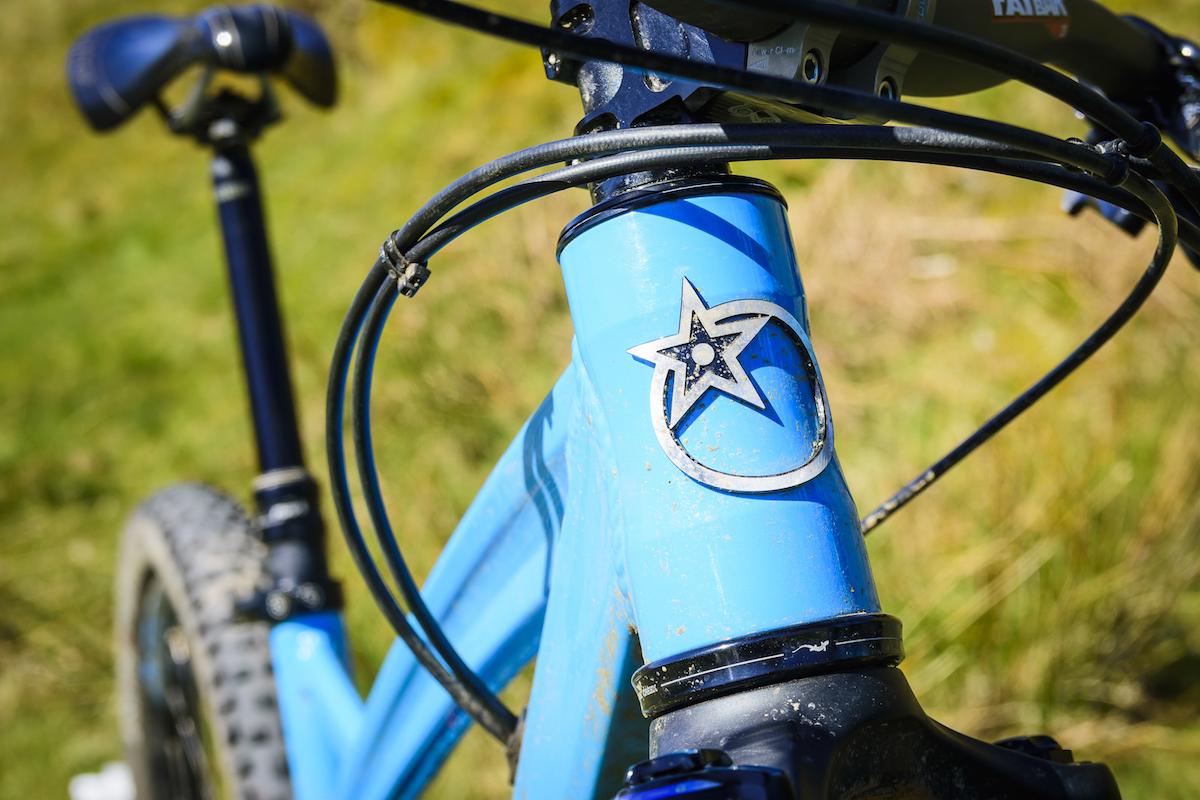
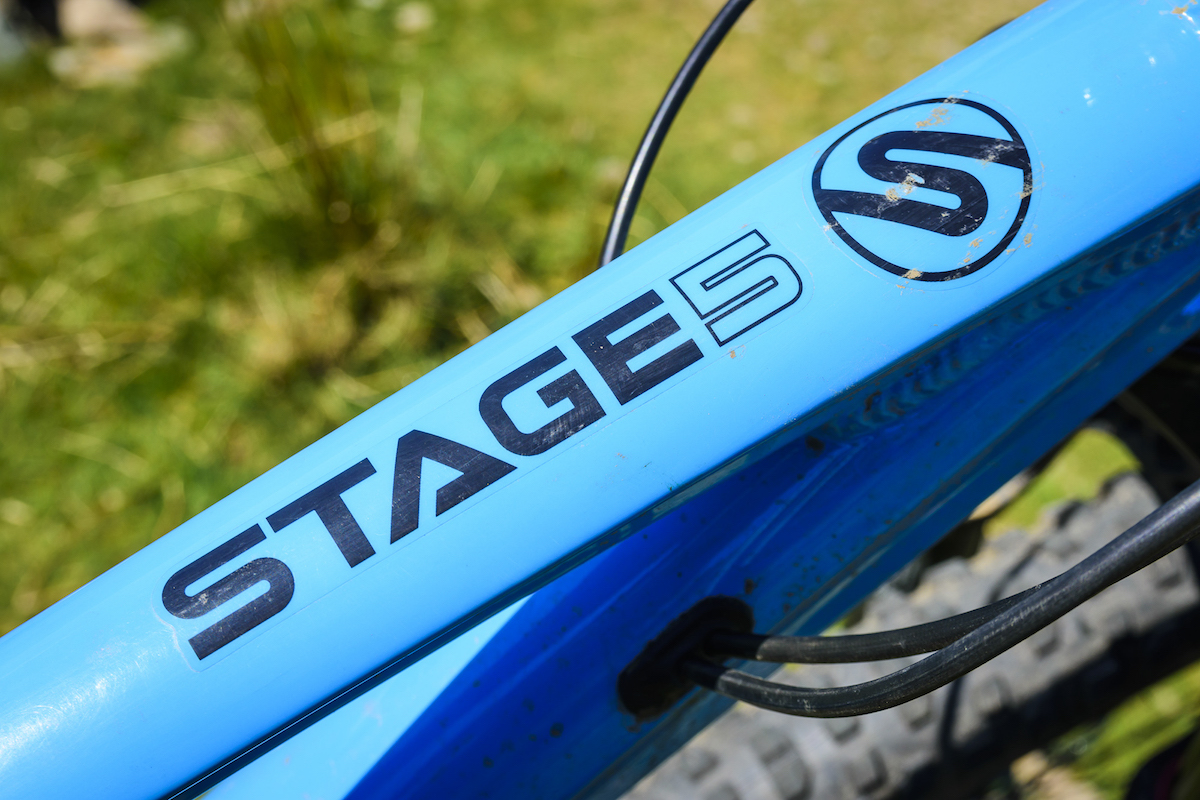
If you’re thinking you’ve seen something like this from Orange before, then you’re not wrong. In essence, the Stage 5 is the natural successor to the original Five 29 – a trail bike that has achieved somewhat of an underground cult status. But while Orange was already building a capable 140mm travel 29er back in 2013, the wider market wasn’t quite ready for such a beast and the Five 29 sadly faded away. The Five 29 was well-loved by those riders who were willing to get on board, but back then many riders were still sceptical of big wheels.
Four years on, and the global rise in popularity of 29in wheels has helped to pave the way for the new Stage 5, which possesses several key improvements over the original Five 29. For a start, the Stage 5 has gone to Boost hub spacing and is now 1x specific. Each size has also gotten longer in the top tube for increased stability and the cockpit sits lower, thanks to a shorter headtube length. Along with an all-new alloy construction that draws heavily on the recently lightened Five frame, it’s a well-refined machine.
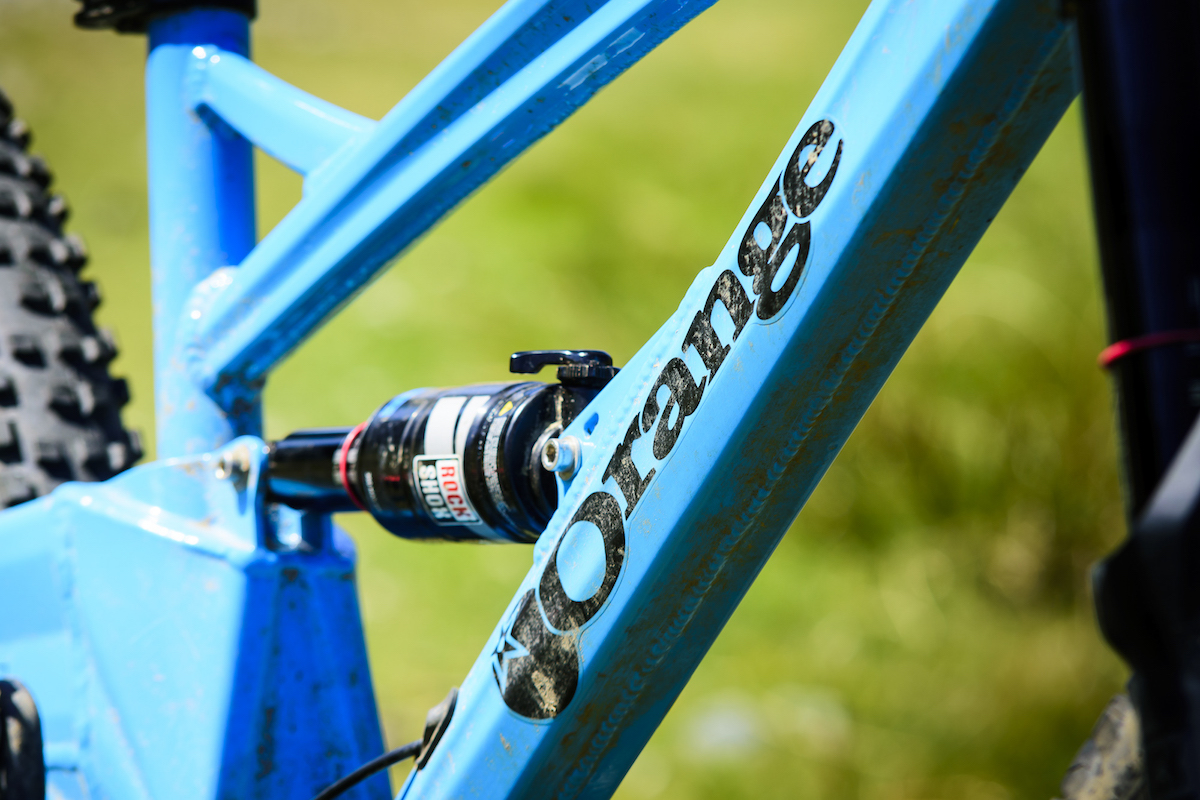
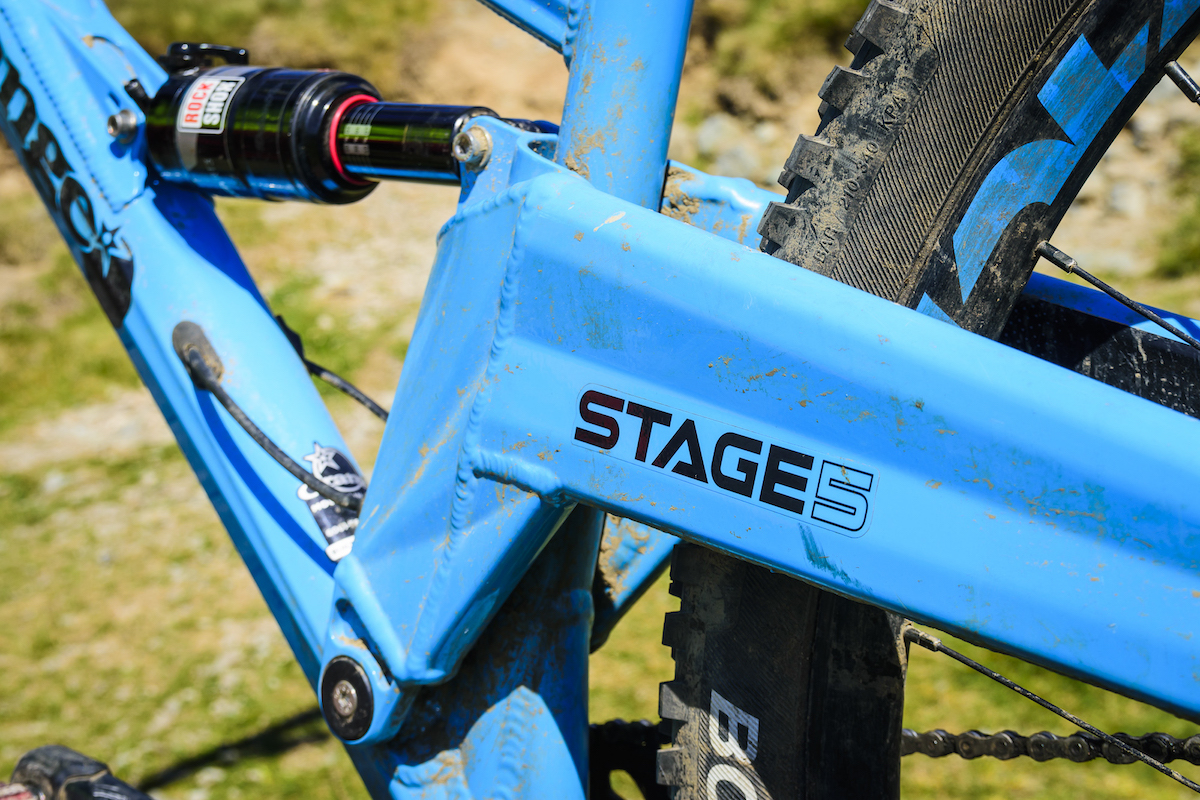
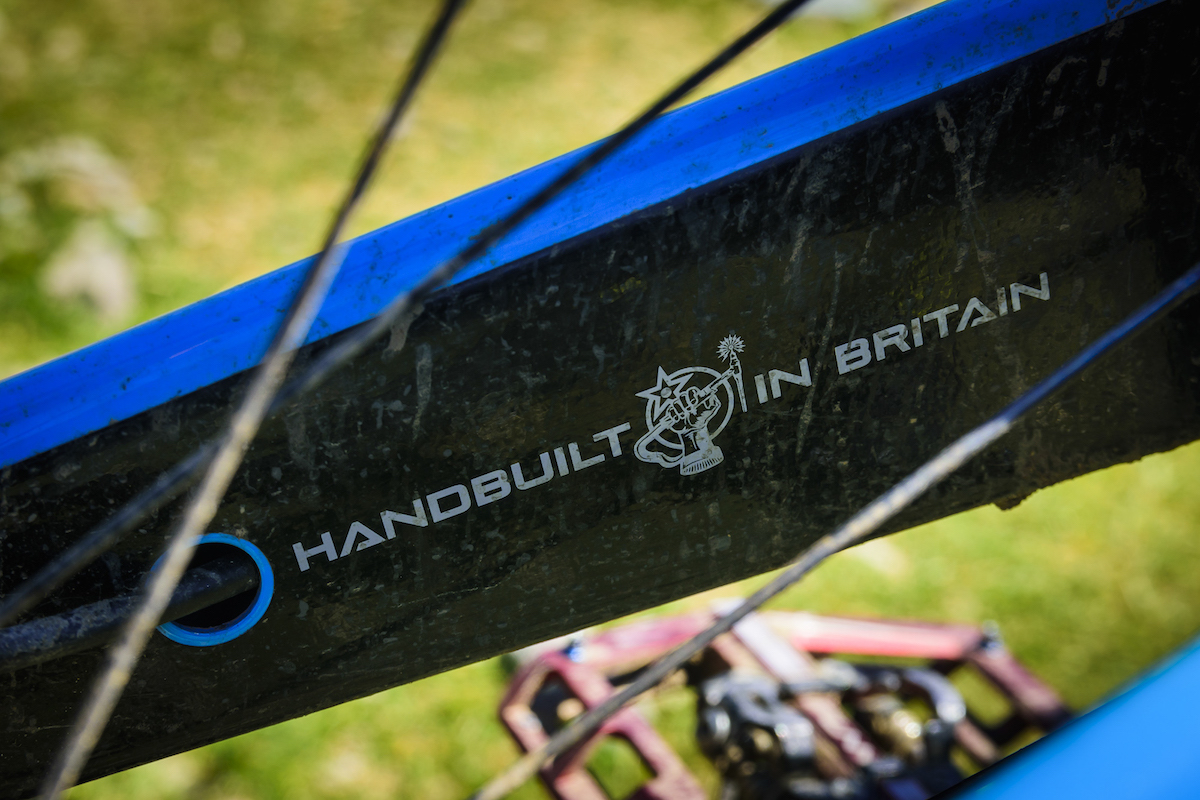
The Stage 5 is available as a frameset (with shock) for £1,760, or in complete bikes starting at £4,300 for the RS build that we’ve got on test here, going up to £5,500 for the Factory and LE build kits.
I’ve recently been spending quite a bit of time on the latest Orange Five, which is quite a burly all mountain rig. So with the Stage 5 essentially being the 29in version, how does it compare to its iconic sibling?

The Bike
In terms of appearance, Orange full suspension bikes have always been a bit love or hate, but it’s true to say that the latest frames have taken a huge leap forward in that department. Compared to some early full suspension 29ers, the Stage 5 sits much more in proportion relative to its wheel size, with the raked-out geometry providing sufficient breathing room between the front and rear wheels.
Of course you’ll still either appreciate Orange frames for their elegant simplicity, or pass them off for being agricultural. After all, everyone seems to go gaga for carbon frames and complex suspension linkages and there is certainly none of that on the Stage 5. Before passing such judgement, however, you owe it to yourself to get a closer look at the frame. Just like the Five, the Stage 5 employs complex tube shaping to deliver lovely ripples and curves throughout, with the gently arcing top tube being my favourite element. And while the swingarm might still appear to have been lifted off a fishing boat, there’s actually quite complex forming going on internally that sadly no customer is ever going to see. So you’ll just have to trust Orange there.
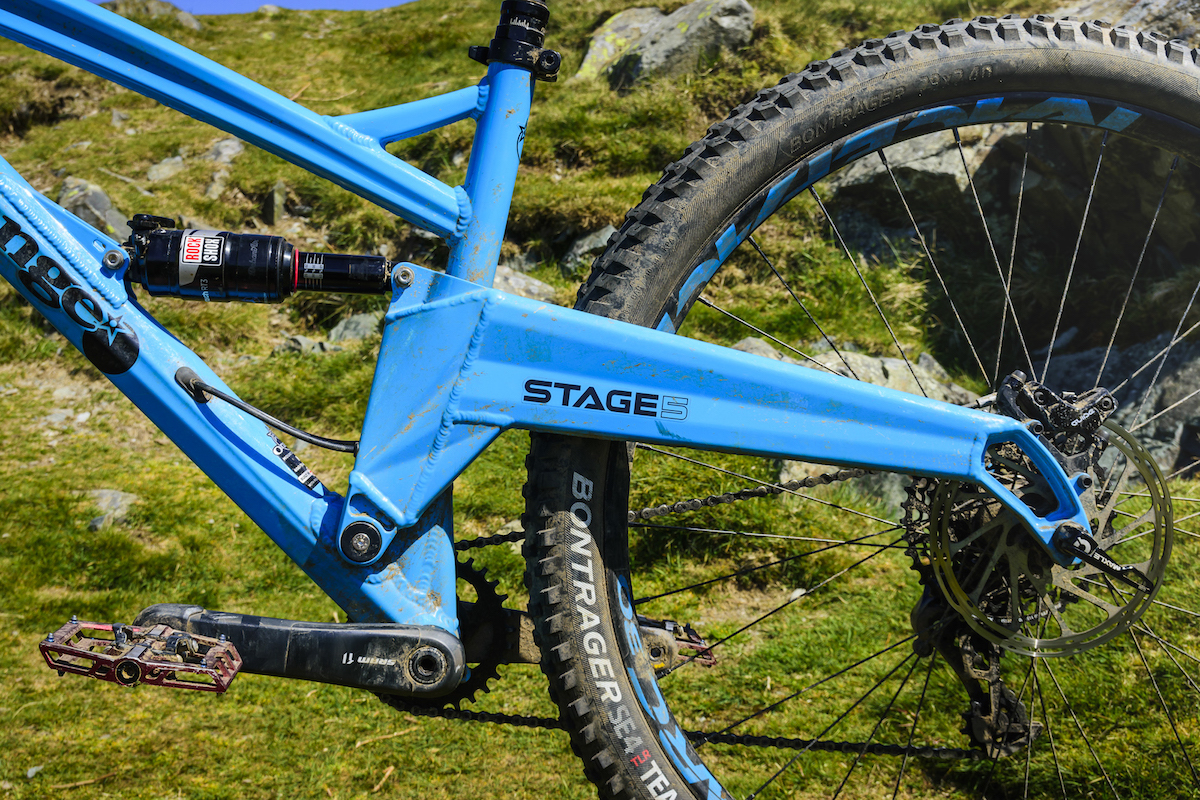
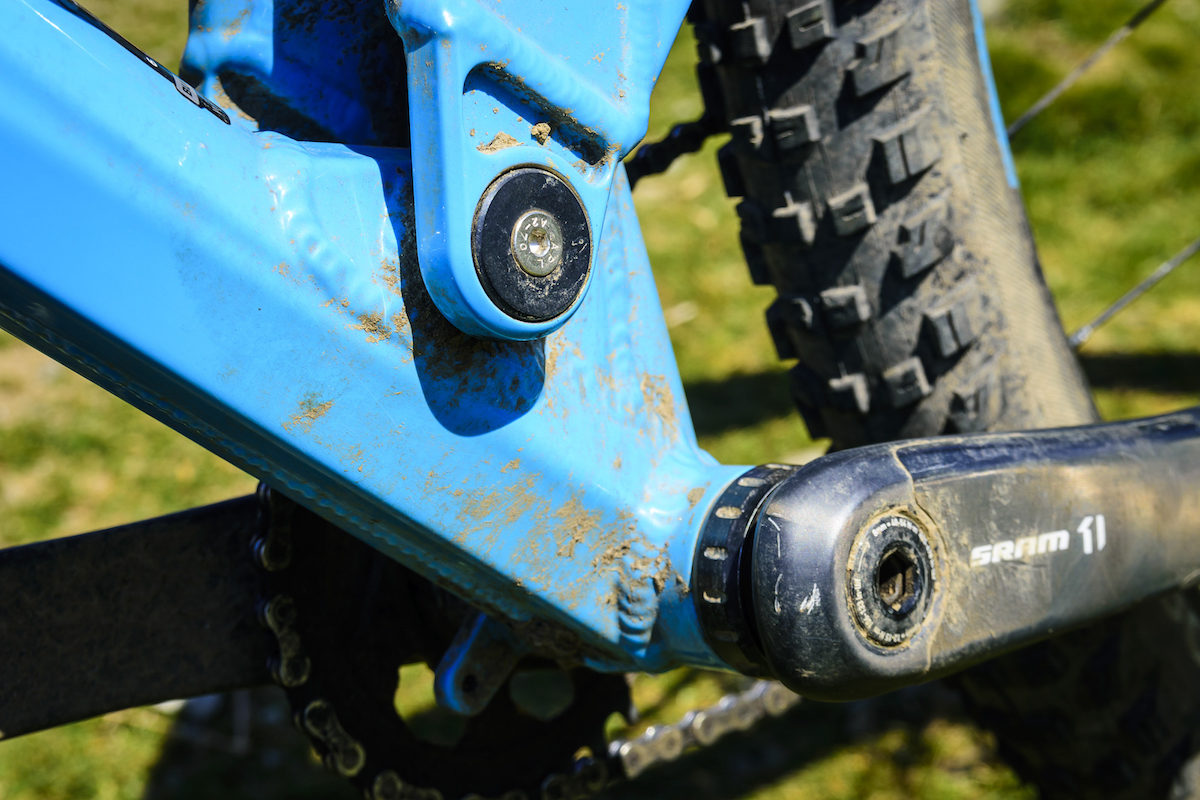
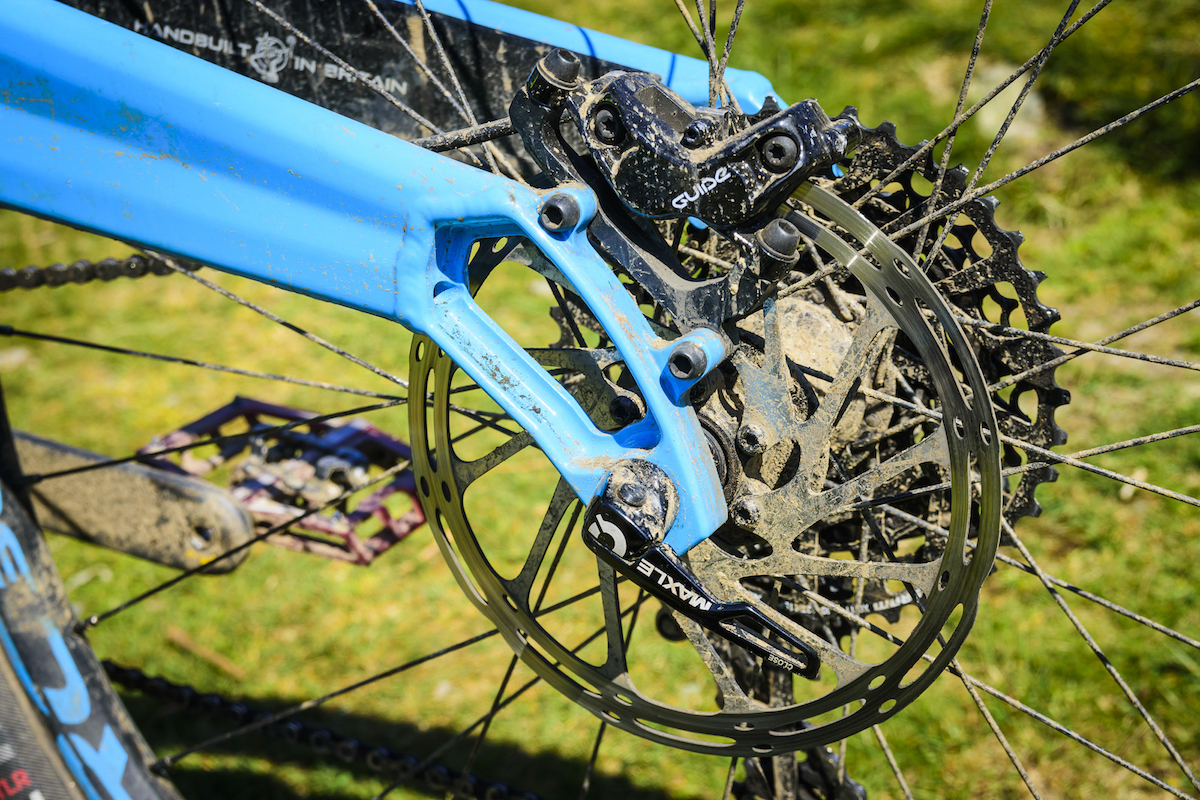
Being a UK-built bike, the Stage 5 is loaded with all-weather practicality. There’s the classic single pivot suspension design, with the only moving parts to worry about being two bearings and one solitary axle. The elevated swingarm design also delivers unparalleled mud clearance, with loads of room surrounding the 2.4in rubber.
Elsewhere the Stage 5 delivers more mechanic brownie points with a 73mm threaded bottom bracket shell and a straight 44mm headtube with external bearing cups. The short seat tube allows compatibility with longer dropper posts, with stealth routing running inside the frame. The only thing I didn’t dig was the internal routing for the rear derailleur and brake hose, which run inside the downtube for such a short distance that it hardly seems worth it.
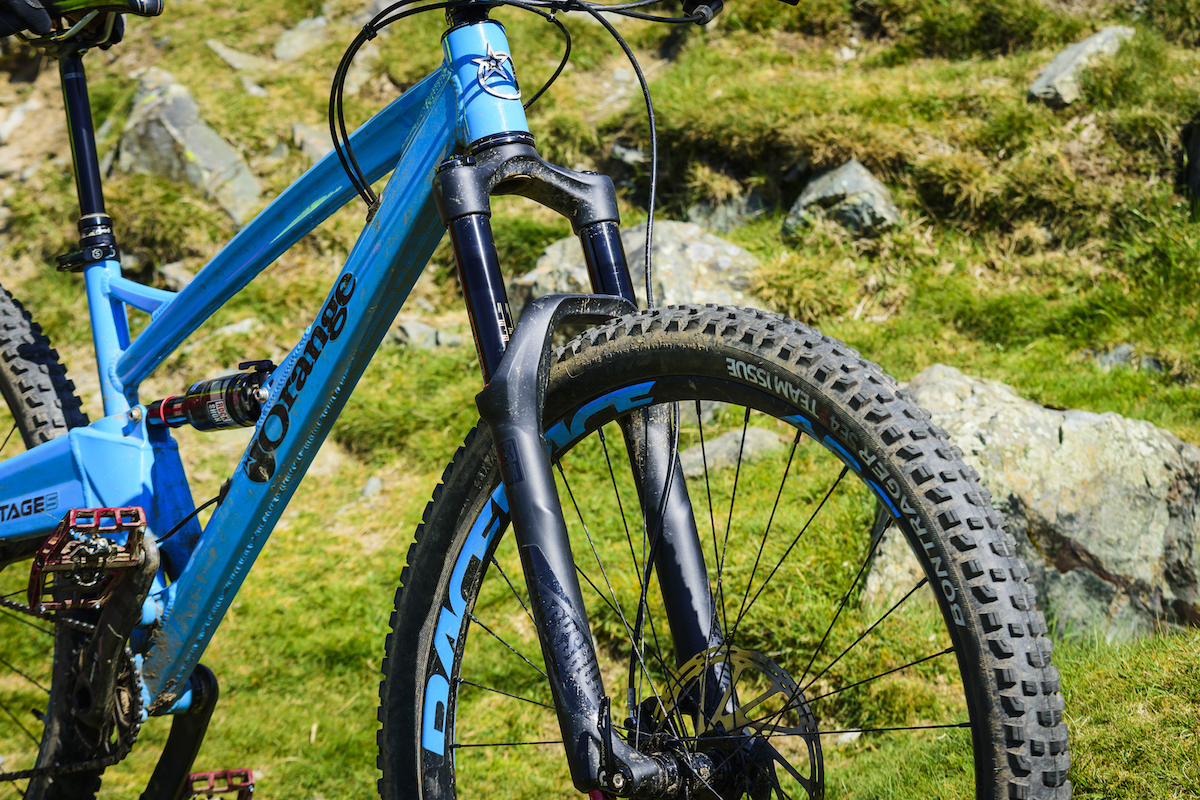
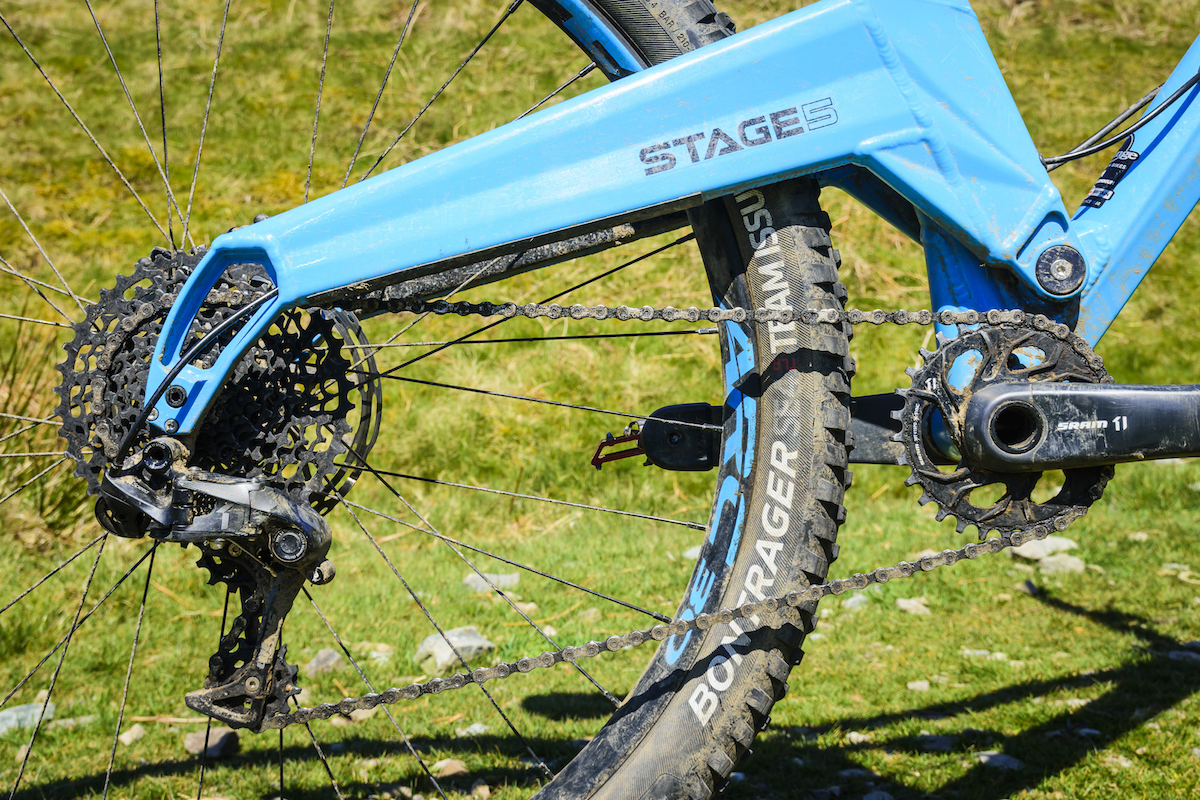
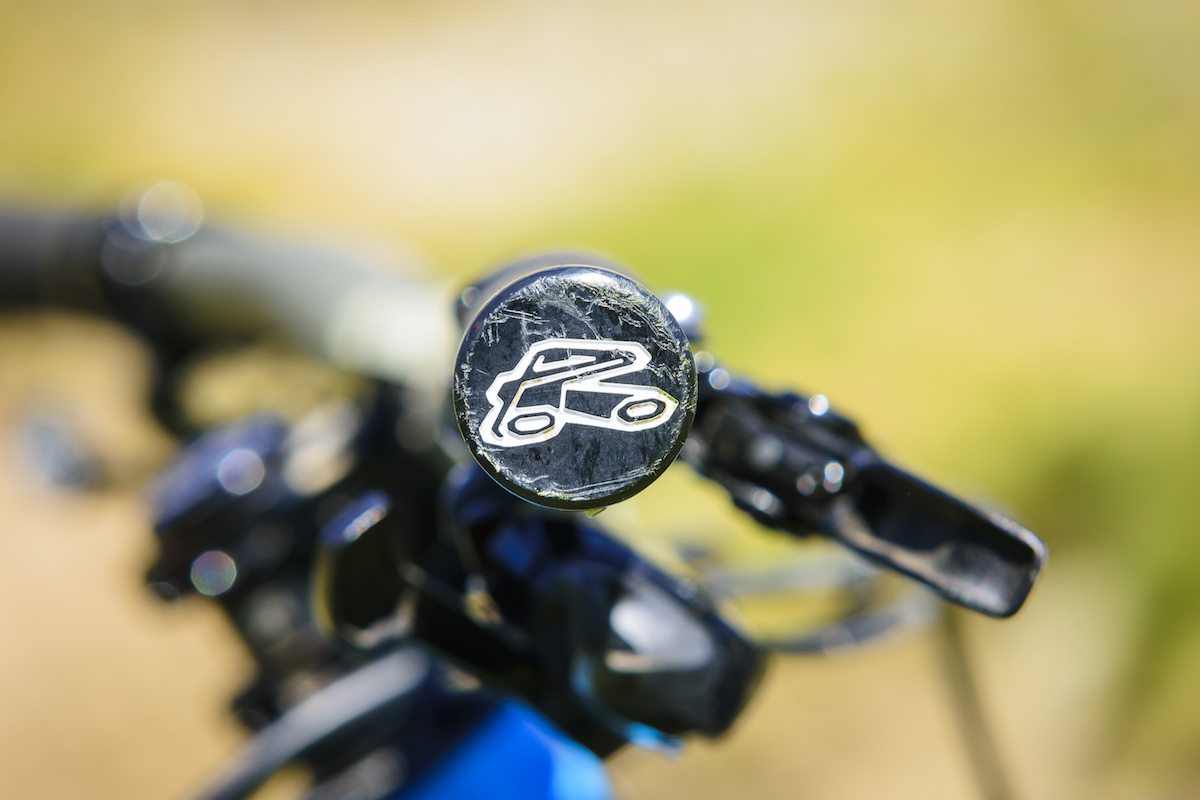
As for the rest of the bike, Orange has curated an excellent build in the RS spec, with a SRAM 1×11 drivetrain that comes complete with lovely carbon crank arms and a tough X0-1 rear mech. The Renthal cockpit looks beautiful and the 800mm wide alloy Fatbars are super comfortable, both in terms of vibration damping and in their sweep. Contact points are dialled, with the excellent SDG saddle and tacky-compound Renthal grips keeping you in touch with the bike beneath you.
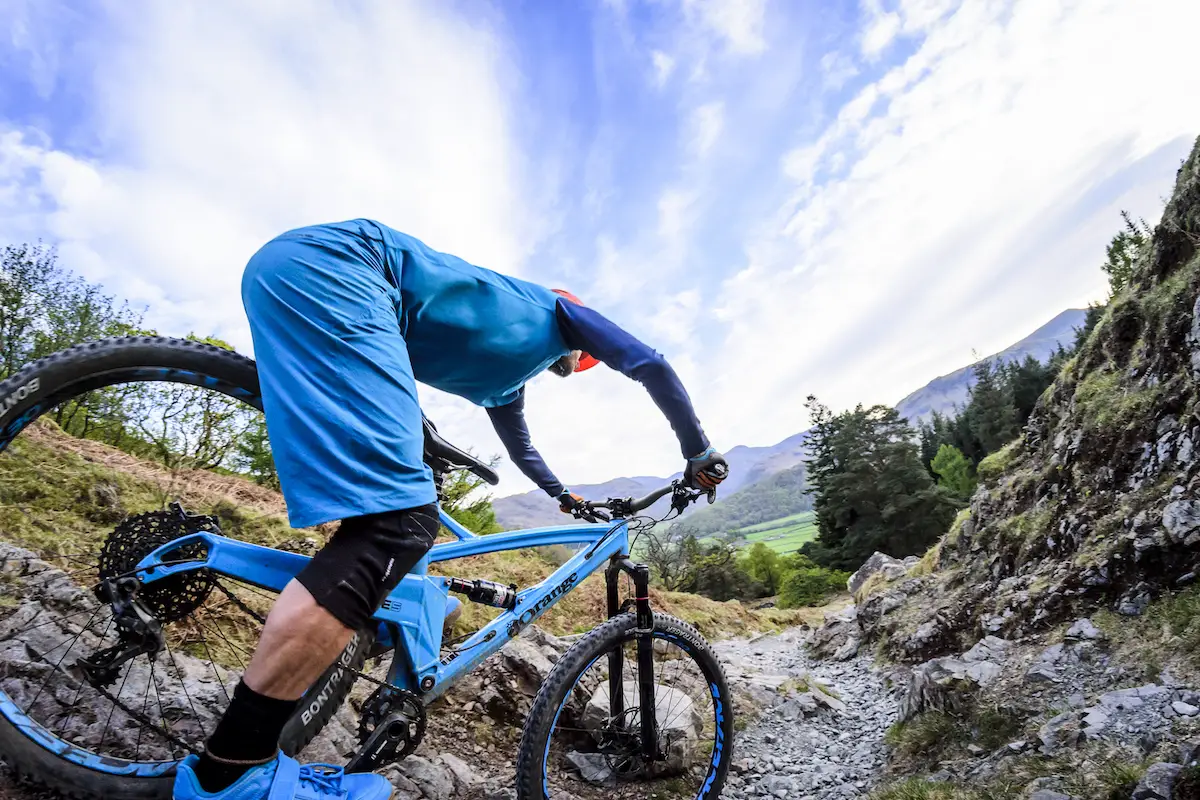
The Ride
Compared to the other bikes on test, the Stage 5 feels the most rock solid when hopping aboard. Thanks to the 140mm travel fork and external headset, it has the tallest cockpit with a 624mm stack, so there’s minimal leaning over required to get your hands to the grips. I wouldn’t say it’s upright though, as the roomy cockpit and big bars help stretch you out over the slender top tube. The only change I had to make from stock was the 170mm travel Reverb, which was too long for my wee legs.
Mirroring my experience from the Five and the Segment, it took time to get the suspension set up on the Stage 5. Aiming for 30% sag, I initially started with 180 psi, but had to up the pressures to achieve the bottom-out support I needed, much like I did with the Evil. By the time I got to 200 psi though, the rear suspension felt firmer than I’d like.
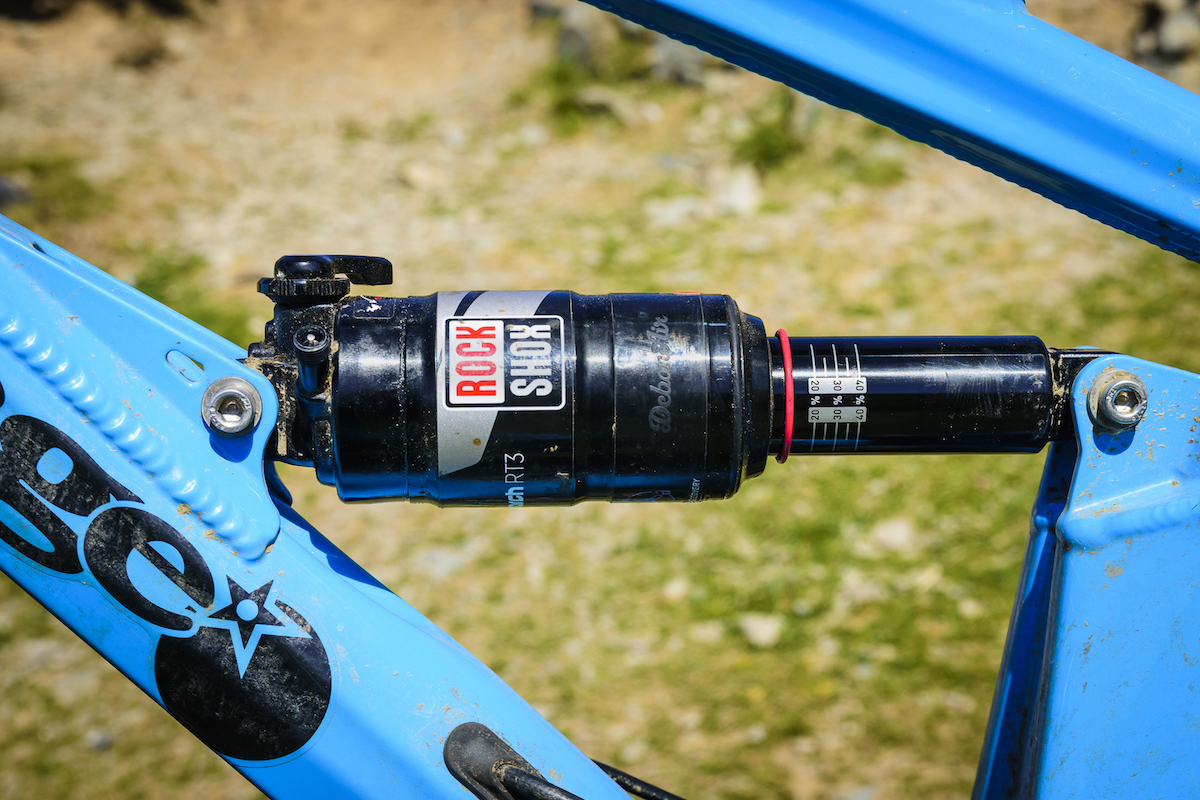
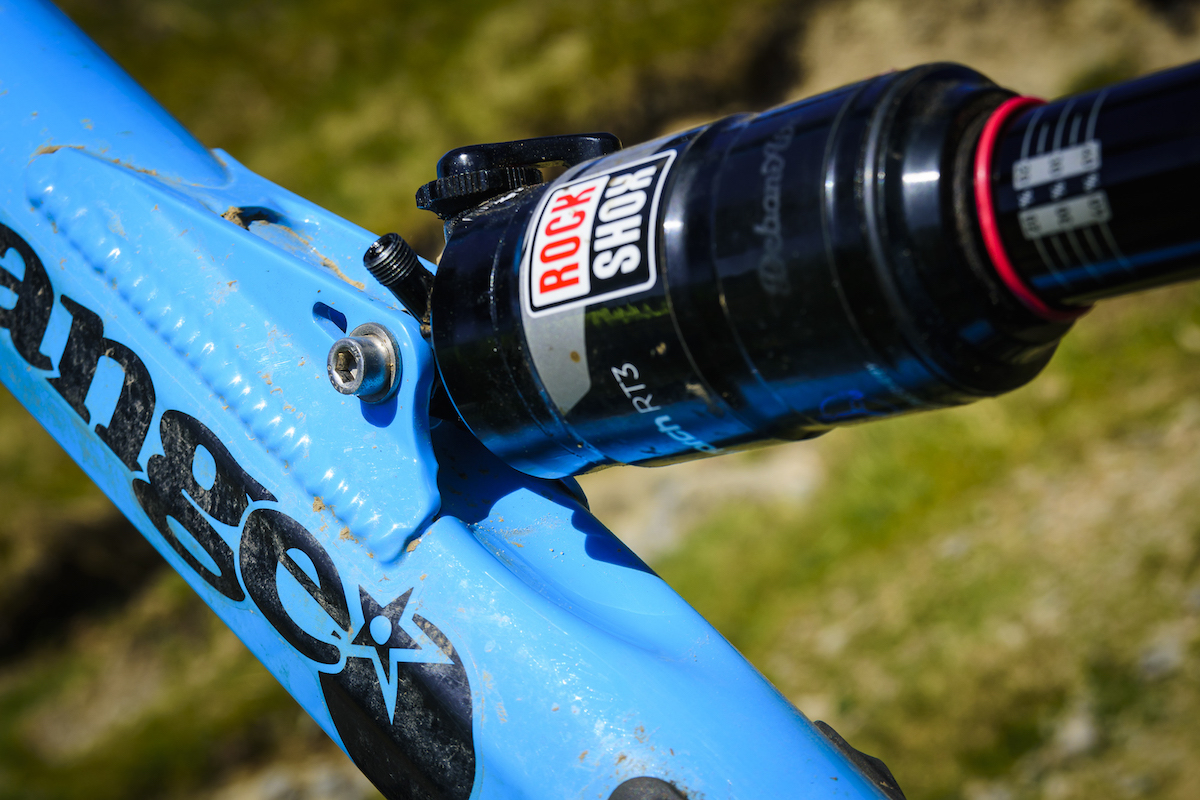
Although the latest Orange models feature a more progressive spring curve, they’re still quite linear in action. After pulling the air can off and experimenting with spacers, I ended up with four out of six spacers inside the main air chamber. Pressure dropped to 175 psi to help ease the bike into its travel, with still plenty of ramp-up at the end of the travel.
Once dialled in and on the very first ride on the Stage 5, I quite frankly scared the shit out of myself. It soon became apparent on the first descent that this bike is capable of travelling at ridiculous speeds. It gains momentum faster than any other bike I’ve ridden lately, and it’s this off-the-brakes acceleration that makes this bike properly rapid.
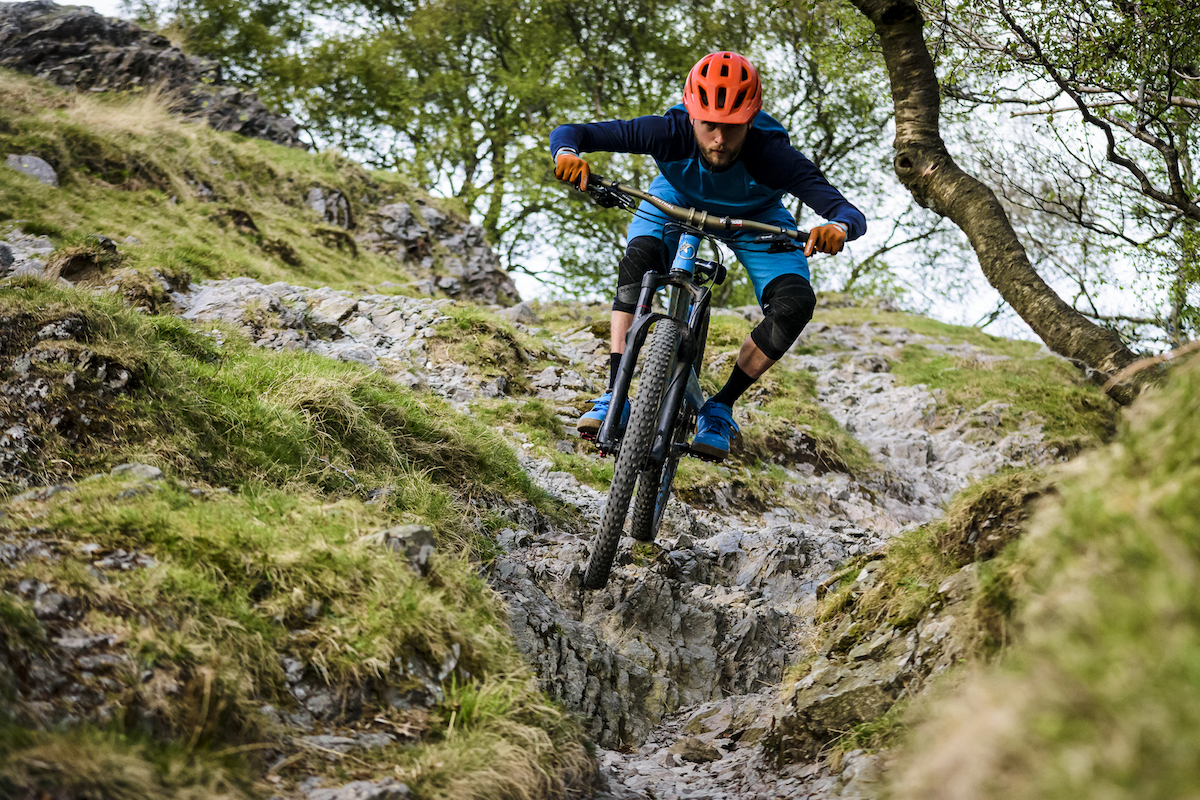
At 66.5°, the Stage 5 is slack for a 29er. It also has the longest chainstays in our bunch at 445mm and a huge ground-hugging wheelbase of 118.3cm, which gives the bike a thoroughly sure-footed feel with enormous stability. Combined with the stout Pike fork and high volume 29er tyres, this bike is ready to go as fast as you’re willing to pilot it.
What I particularly love about the Stage 5, though, is the way that it pummels over technical terrain while providing you with plenty of on-trail feedback. With good support through the suspension, it has a distinctly analogue feel to it. Yes, there’s some pedal feedback and the suspension stiffens a little under braking. And compared to the buttery plush Pivot Switchblade, the Stage 5 doesn’t quite isolate your contact points as well on the really rough stuff. It’s louder and clangier, but that’s part of its charm, and you always know what each wheel is doing fore and aft of you. The Stage 5 is like the vinyl record, while the Pivot Switchblade is the Dolby 5.1 surround sound.
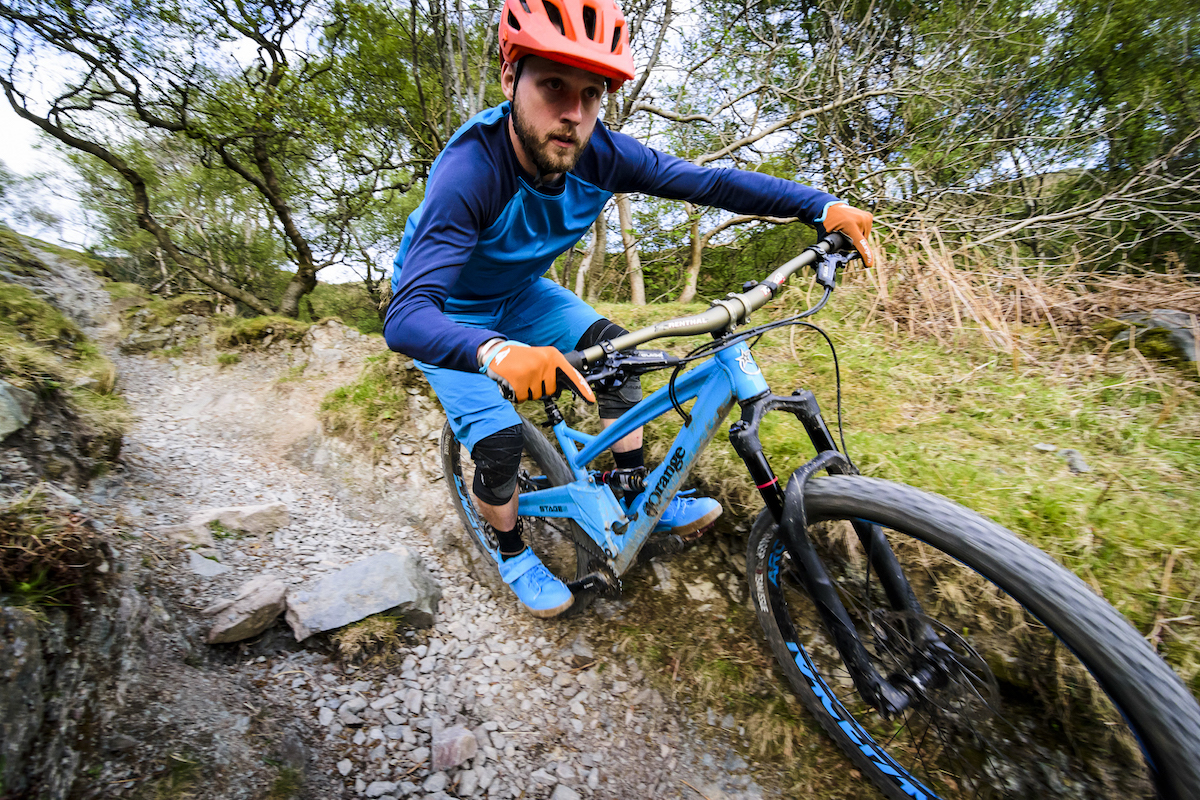
Despite the rangey wheelbase, the Stage 5 corners crisply. It’s not quite as agile in the tight turns as the Evil, but on flat-out wide-open corners, the Stage 5 loves to lean in and hook in. With even weight distribution and the high volume 29er tyres delivering gobs of traction, it corners better and more intuitively than the Five. Part of this is from the riding position that feels like you’re more ‘in’ the bike on the Stage 5.
The Stage 5 also climbs better than the Five, with more grip and stability from its longer wheelbase and bigger wheels. It isn’t as enthusiastic on the ups as the Evil on test, but it pedals well and it’ll get where you need to go.
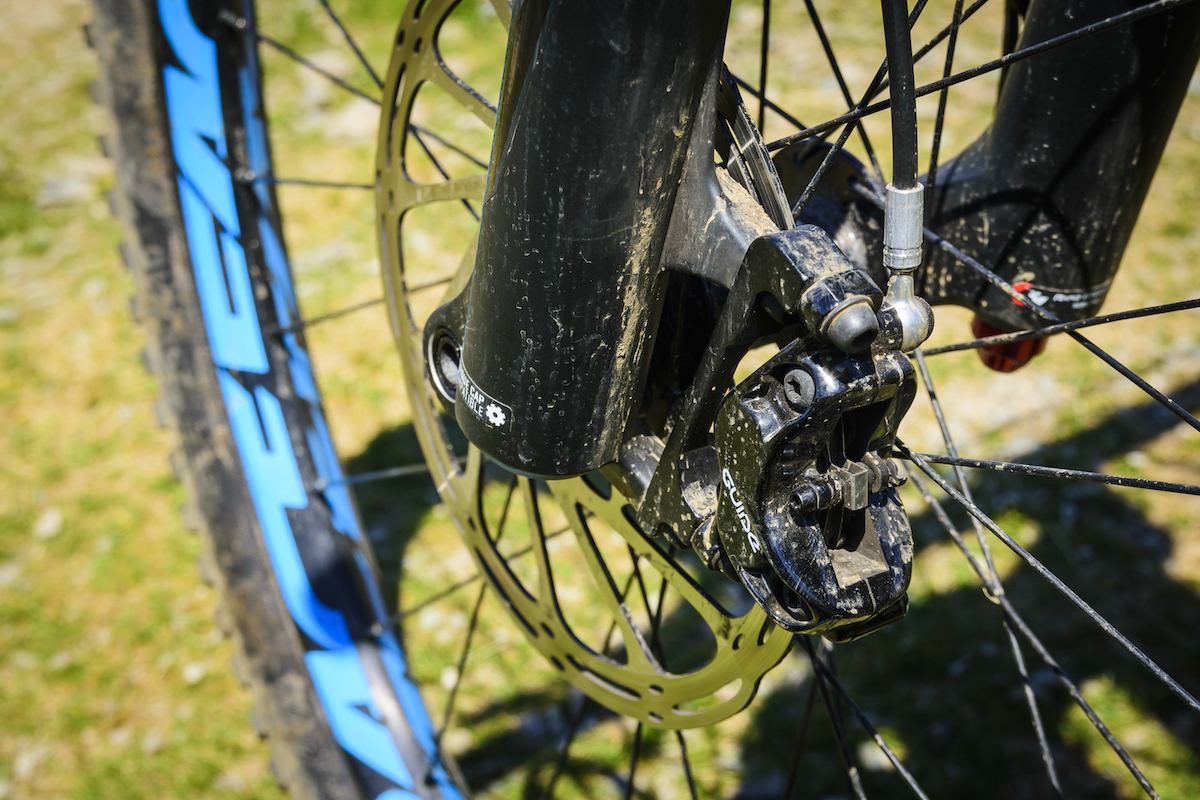
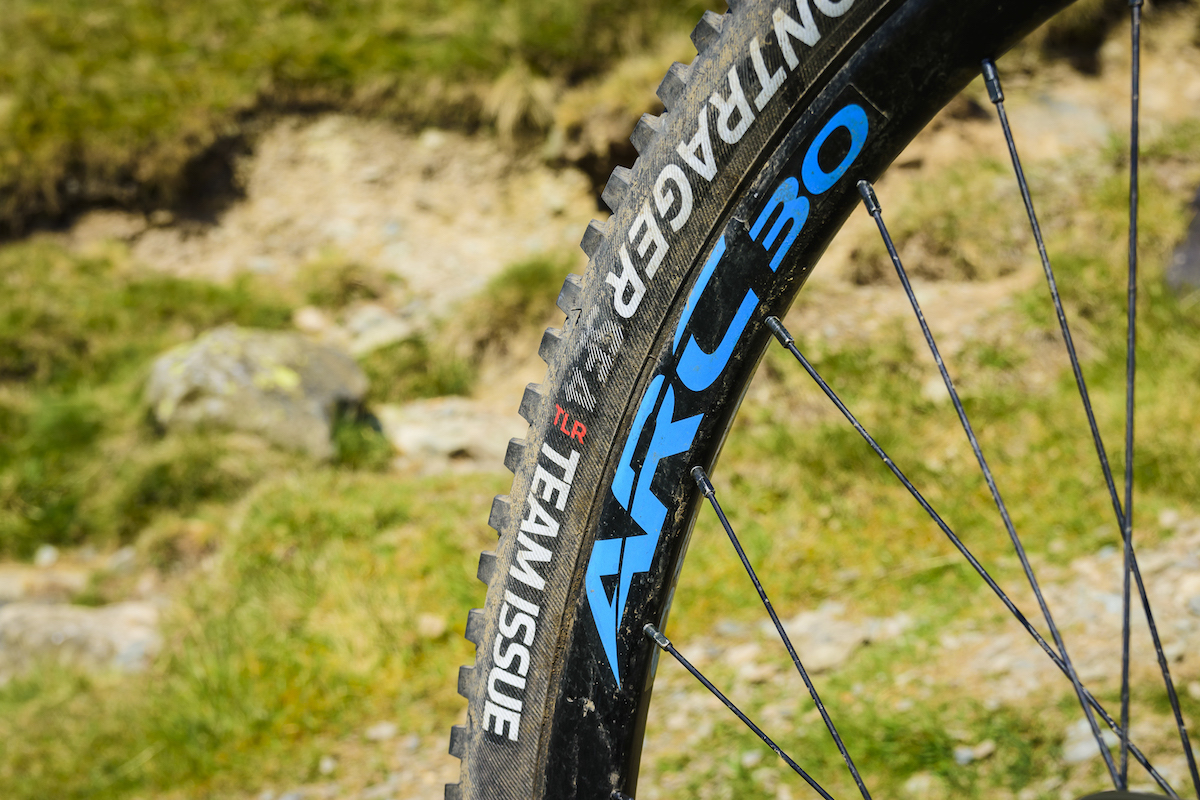
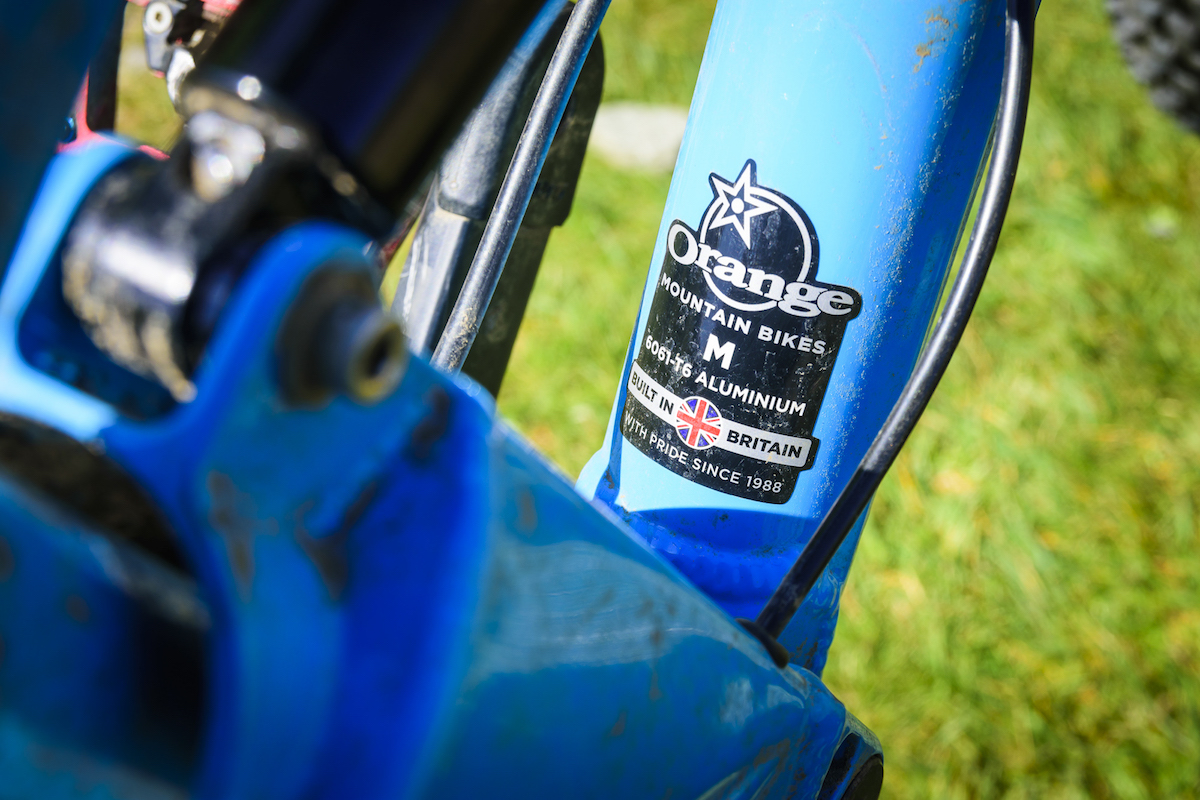
The capable rubber and compliant alloy Race Face rims were a good match for doing stupid things on the Stage 5, while the powerful Guide R brakes and 200mm front rotor turned out to be an essential pairing for reining in the bike’s speed. One issue I did encounter was with the rear derailleur cable where it enters the swingarm. Like the Five, the gear housing can be slowly eaten away by friction from the rubber grommet, so keep an eye on it before it gets bad enough to split open. Otherwise I had very few issues with the rest of the top-notch build kit, only swapping in a newer Reverb 1x remote part way through the test period to considerably improve ergonomics.
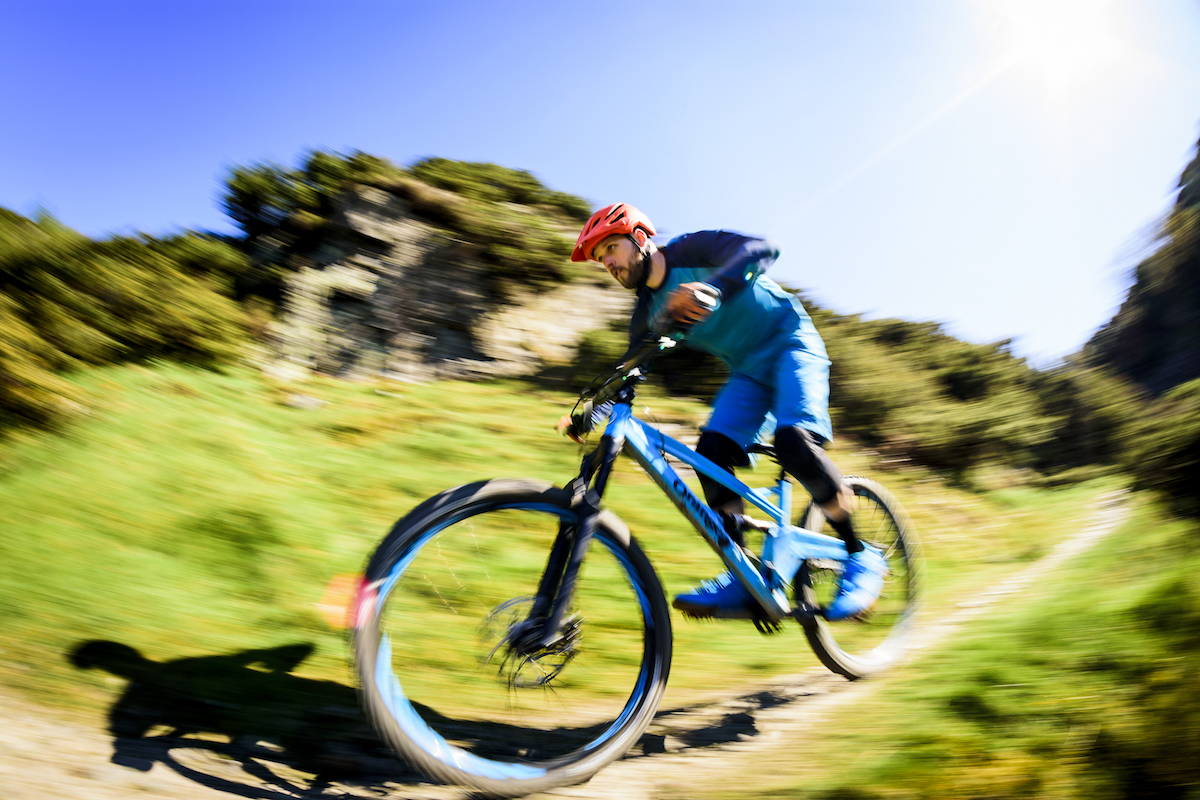
Overall
The Stage 5 is easily the best Orange full suspension bike I’ve ridden so far. It is a thoroughly modern machine with an excellent chassis and geometry package. With an addictively engaging ride quality, it’s also competent, stable and outrageously fast when the going gets rough and steep.
The only downside is that Orange only makes the Stage 5 down to a Medium size, so shorter riders are out of luck. For everyone else though, the Stage 5 is going to challenge many people’s opinions about 29ers. This bike is very, very good.
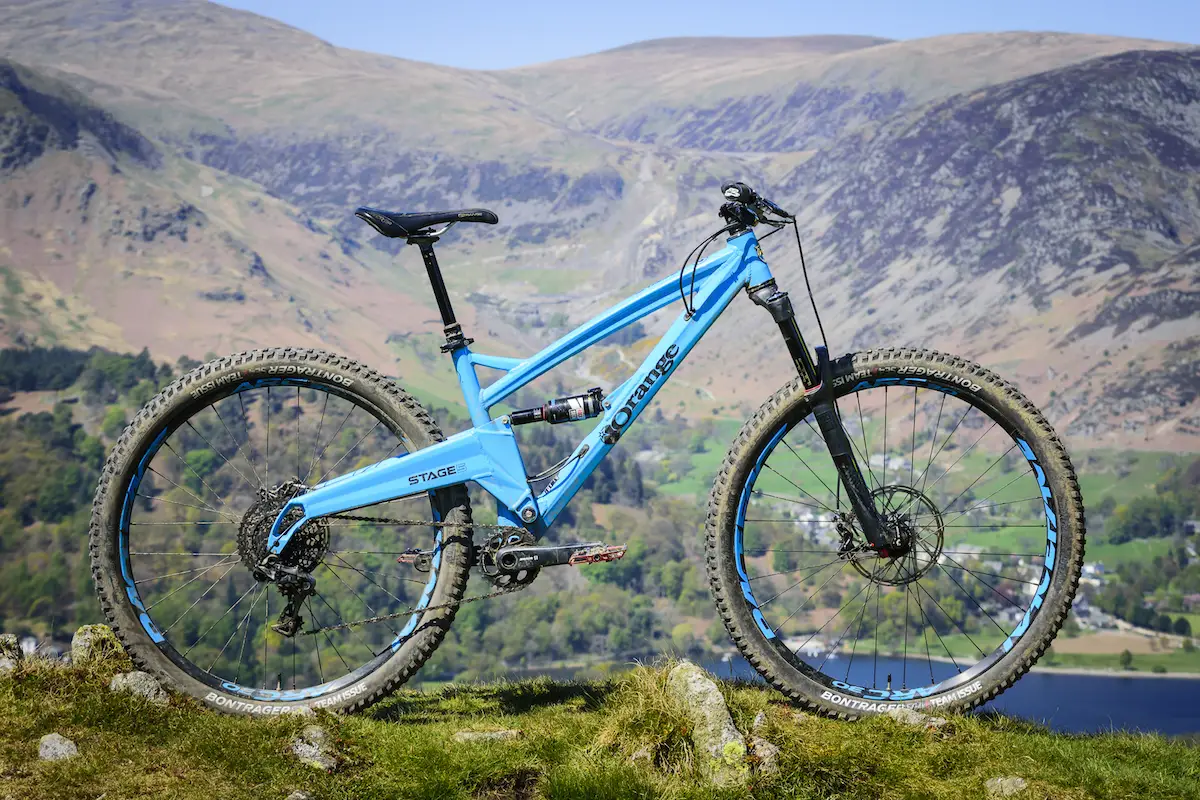
Orange Stage 5 RS Specifications
- Frame // 6061-T6 Monocoque, 135mm Travel
- Fork // RockShox Pike RCT3, 140mm Travel
- Shock // RockShox Monarch RT3 Debonair
- Hubs // Hope Pro 4, 110x15mm Front & 148x12mm Rear
- Rims // Race Face ARC 30, 32h
- Tyres // Bontrager SE4 Team Issue 2.4in Front & Rear
- Chainset // SRAM X1 Carbon, 30T X-Sync Chainring
- Front Mech // N/A
- Rear Mech // SRAM X0-1, 11-Speed
- Shifters // SRAM GX, 11-Speed
- Cassette // SRAM PG-1150, 10-42T, 11-Speed
- Brakes // SRAM Guide R, 200mm Front & 180mm Rear
- Stem // Renthal Apex 35, 50mm Long
- Bars // Renthal Fatbar 35, 800mm Wide, 20mm Rise
- Grips // Renthal Lock-On Ultra Tacky
- Seatpost // RockShox Reverb Stealth, 30.9mm, 170mm Travel
- Saddle // SDG Strange Bel Air 2.0
- Size Tested // Medium
- Sizes available // Medium, Large, X-Large
- Weight // 13.73kg (30.206lbs)






Orange bikes still look like my mum welded them
I’ve added the Stage 5 to the geometrygeeks.bike database for anyone who wants to compare sizes… https://geometrygeeks.bike/bike/orange-stage-5-2017/